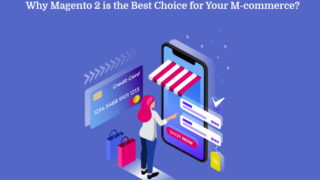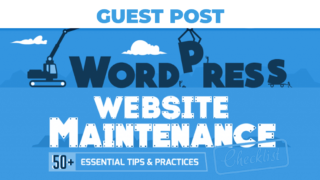In truth, most clients know what they want but they do not understand how to communicate their wants with you.Over time,I developed a questionnaire every client must fill before I start the design of their website. Without getting complete answers to these questions,I won’t start designing their website.
While the technical points were important,asking basic questions about style and purpose proved to be the key to unlocking what my clients really wanted.
Not only were my clients happy with the results, but I also started delivering projects ahead of schedule. Also, there was hardly any cause revision despite offering up to three revisions per design.
I achieved these with the seven questions shared below:
1. “Can you list up to three colors you prefer?”
Examples;
• Green, yellow and black
• Sky blue and orange
• White and dark green
The reason for asking this question is that for most designs, you can’t use more than three colors for your design.
It can even be useful when your client is knowledgeable about colors. But if the client is not, you can always choose a color scheme based on the other questions you’ve asked him.
2. “Do you have any preferred feel?”
Examples:
• Grungy and underground
• Bright and fun
• Slick and professional
Since style can be a very confusing concept, you may need to encourage clients to be more specific with their descriptions. This is why you need to suggest some examples for them. Otherwise, they may find it difficult to describe what they actually want.But when you give them suggestions, you will discover that 99% of your clients won’t find it difficult to come up with a description of their preferred feel.
3. “Can you list some examples of websites you like?”
Even if a client is unable to answer the two questions above, they can at least identify and show you an example of a website or websites they like. Based on my experience, most clients will still be unable to give an example site off hand. Hence, you can give them suggestions of where to find popular designs. A common example of such a place is Themeforest. However, you shouldn’t seek to duplicate such designs, rather, this example should give you an idea of your client preferred style.
While the above questions are about style, the next four questions below are about purpose.The style of any website is important so that it is appealing to its target audience.Questions about goals are important in order to avoid having unhappy clients. A client will be unhappy when the site you delivered can’t achieve the client’s desired goals. But a client whose site gets regular visitors, new leads and make sales will be more than happy to recommend you to other clients.
4. “What action(s) will your visitors take?”
Examples of actions can be:
• Subscription to a newsletter
• Downloading a software
• Requesting a quote
• Click a button
• Buy a product or service
You must truly understand the actions visitors to your client’s website will take before you can help your clients achieve their goal of setting up a website.
As a web designer, you must ensure your clients’ websites are optimized for conversions. All the web elements should be designed to achieve this purpose.
5. “What will be the main purpose of the site?”
Will it be used for:
• Personal/individual blogging?
• Promotional content?
• Reviewing products or tools?
• Providing current news?
The answers to these questions will help you to structure your design (especially the layout) around the kind of content your client wants.
In addition, the look and feel for your design will also be determined by the kind of content that will be on the website.
6. “Who is your target audience?”
If you understand your client’s target audience, you can easily determine the kind of website that will be suitable for them.For example, a parent shopping for his kid’s birthday party supplies will respond to a different kind of website compared to an executive shopping for a yacht.
7. “Can you give a brief summary of your site’s goals?”
I have saved the best for the last. If you don’t know the goals of any site, nothing else matters.
Examples of goals can be:
• Lead generation
• Provide entertainment
• Provide news updates
• Increase revenue from advertising
The way you will approach the design of a site will be based on your understanding of the site’s goals.
Bonus questions:
8. “What deliverables will be acceptable to you and at what timelines?”
Examples of deliverables can be:
• A prototype
• A Redis database to dummy data
• A working user interface
After the first deliverables, each subsequent feature can be delivered with feedbacks from the client in between the deliverables.To avoid missing timelines, plot out the deliverables with the client in advance.
9. “Are you paying by the hour or by milestone?”
While the majority of clients will prefer the milestone option (they’re paying for what you deliver), the best choice for you will be the hourly option.
You should only choose the milestone option when you’re sure of the time it will take you to deliver each milestone or you’ve done over 1,000 similar designs.
To give the client confidence that you won’t be slow with their project or waste their time, show them a similar project you did, the details and the timelines with which you delivered.
Once your client has agreed to pay by the hour, use Toggl or any other time-tracking tools to show your progress report to the client.
Conclusion
Before I leave you to start using these questions, let me share with you one more important tip: ask the client for an existing logo. You can use the style and color palette of the logo as the basis for designing the client’s site.
By asking these seven questions before you start any design project, it will be easy for your client to communicate what they want with you.
Thus, you can deliver your designs on time and satisfy your client.Thus, you will no longer be a struggling and overworked freelancer, you will become a happy web developer.







